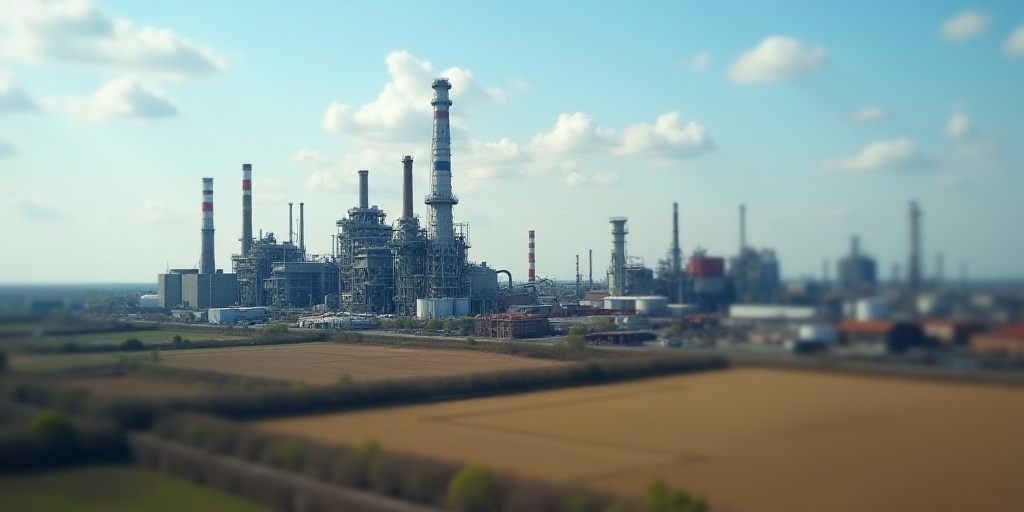Introduction
According to Mexico’s National Institute of Statistics and Geography (Inegi), 18 out of the country’s 39 most relevant cities experienced an increase in their unemployment rates compared to 2024 by the end of the first quarter of 2025.
Cities Most Affected by Unemployment
Ciudad del Carmen, in Campeche, with its economy closely tied to the state-owned oil company Petróleos Mexicanos (Pemex), has been hit hard by delayed payments to service providers, causing a chain of non-compliance. Pemex reported a net loss of 43,328 million pesos by the first quarter of the year.
Villahermosa, the capital of Tabasco, saw a 20% growth in unemployment during the first quarter, reaching a 4.4% unemployment rate. This translates to four out of every 100 people in working age and seeking employment not having a job.
Tapachula and Tuxtla Gutiérrez, both in Chiapas, had the highest unemployment rates among the Economically Active Population (EAP), at 4.7% and 4.6%, respectively. Tapachula saw a 1.54 percentage point increase, while Tuxtla experienced a 1.04 percentage point rise compared to the first quarter of 2024, likely due to adjustments following unusually low unemployment rates in previous periods, according to economist Kristobal Melendez.
Culiacán, Sinaloa, with a 2.8% unemployment rate, was among the four cities with the most significant increase, rising by 0.92 percentage points. This corresponds to 12,048 residents aged 15 or older who sought remunerated employment without success.
Historical Unemployment Levels
The rise in unemployment in Ciudad del Carmen, Villahermosa, and Culiacán reflects a return to historical levels following the completion of key projects that maintained exceptionally low unemployment rates. Villahermosa showed concerningly high unemployment levels just three years ago, so the current increase partly represents a market rebalancing, according to the specialist.
Regional Disparities
Northern Border Cities:
Tijuana and Mexicali, in Baja California, also reported increases, possibly due to reduced demand in the maquiladora industry and the arrival of undocumented migrants deported from the United States.
Contrasting Cities:
In contrast, Ciudad Juárez, Chihuahua, managed to decrease its unemployment rate and is now ranked fourth with the lowest unemployment rate at 1.79% among its EAP.
Impact of Economic Factors
Despite uncertainties caused by changes in U.S. trade policies, Mexico has benefited compared to countries with higher tariffs, positioning it as a more competitive alternative with skilled labor, relatively low costs, and proximity to the U.S. This has allowed industrialized cities to reduce their unemployment rates.
San Luis Potosí (SLP), having recently attracted foreign investment, shows greater vulnerability to economic fluctuations in this scenario.
Key Questions and Answers
- Q: Which cities experienced the highest unemployment rate increases? A: Tapachula, Tuxtla Gutiérrez, Ciudad del Carmen, Villahermosa, and Culiacán saw the most significant increases in unemployment rates.
- Q: How has Pemex’s financial situation affected employment? A: Delays in payments to service providers have caused a chain of non-compliance, negatively impacting employment opportunities.
- Q: What factors contributed to the rise in unemployment in northern border cities? A: Reduced demand in the maquiladora industry and the arrival of undocumented migrants deported from the U.S. are possible factors.
- Q: How has Mexico’s position compared to other countries with higher tariffs affected its unemployment rates? A: Mexico has become a more competitive alternative for businesses seeking skilled labor at relatively low costs and close proximity to the U.S., helping reduce unemployment rates in industrialized cities.






